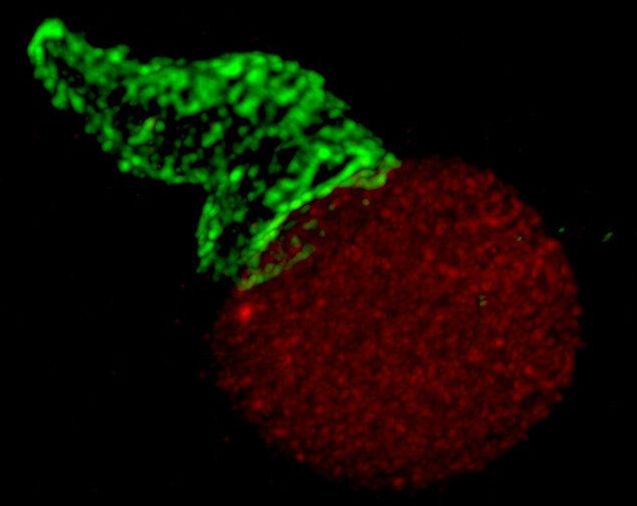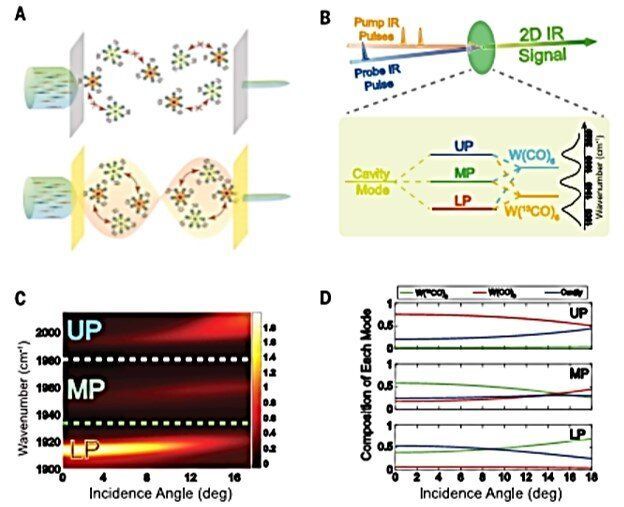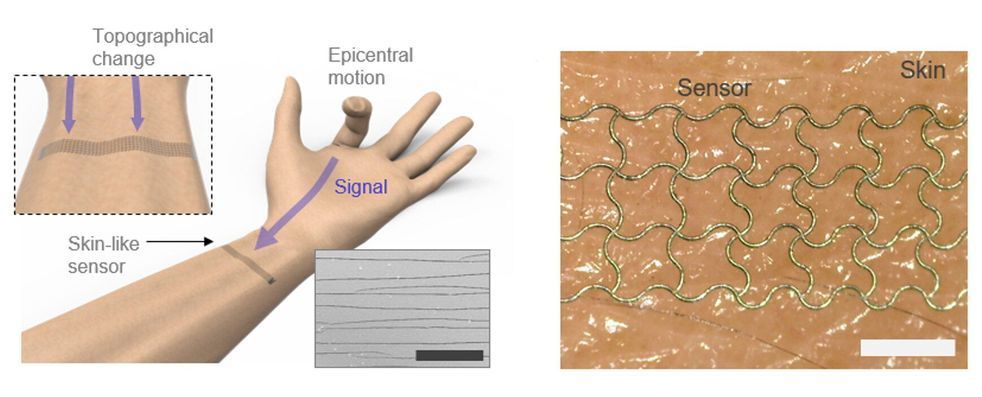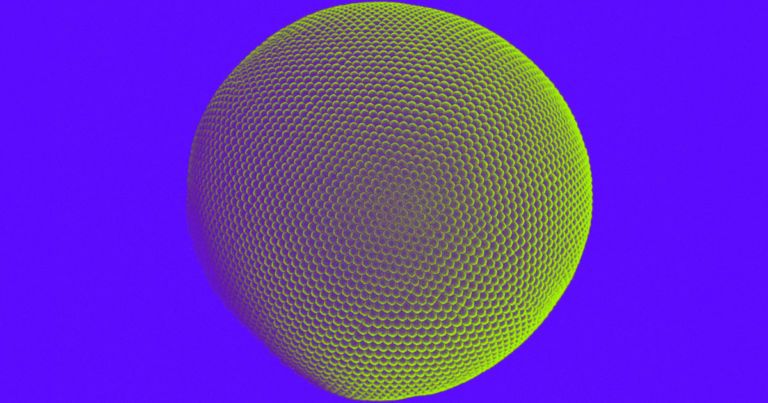From testing drugs to developing vaccines, the close study of the immune system is key to improving real-world health outcomes. T-cells are integral to this research, as these white blood cells help tailor the body’s immune response to specific pathogens.
With lattice light-sheet microscopy (LLSM), scientists have been able to closely examine individual cells, such as T-cells, in 4D. But with limited data points, there wasn’t an effective way to analyze the LLSM data.
A new paper by researchers from the Pritzker School of Molecular Engineering (PME) at the University of Chicago, published May 20 in the journal Cell Systems, introduces a solution—a pipeline for lattice light-sheet microscopy multi-dimensional analyses (LaMDA).









